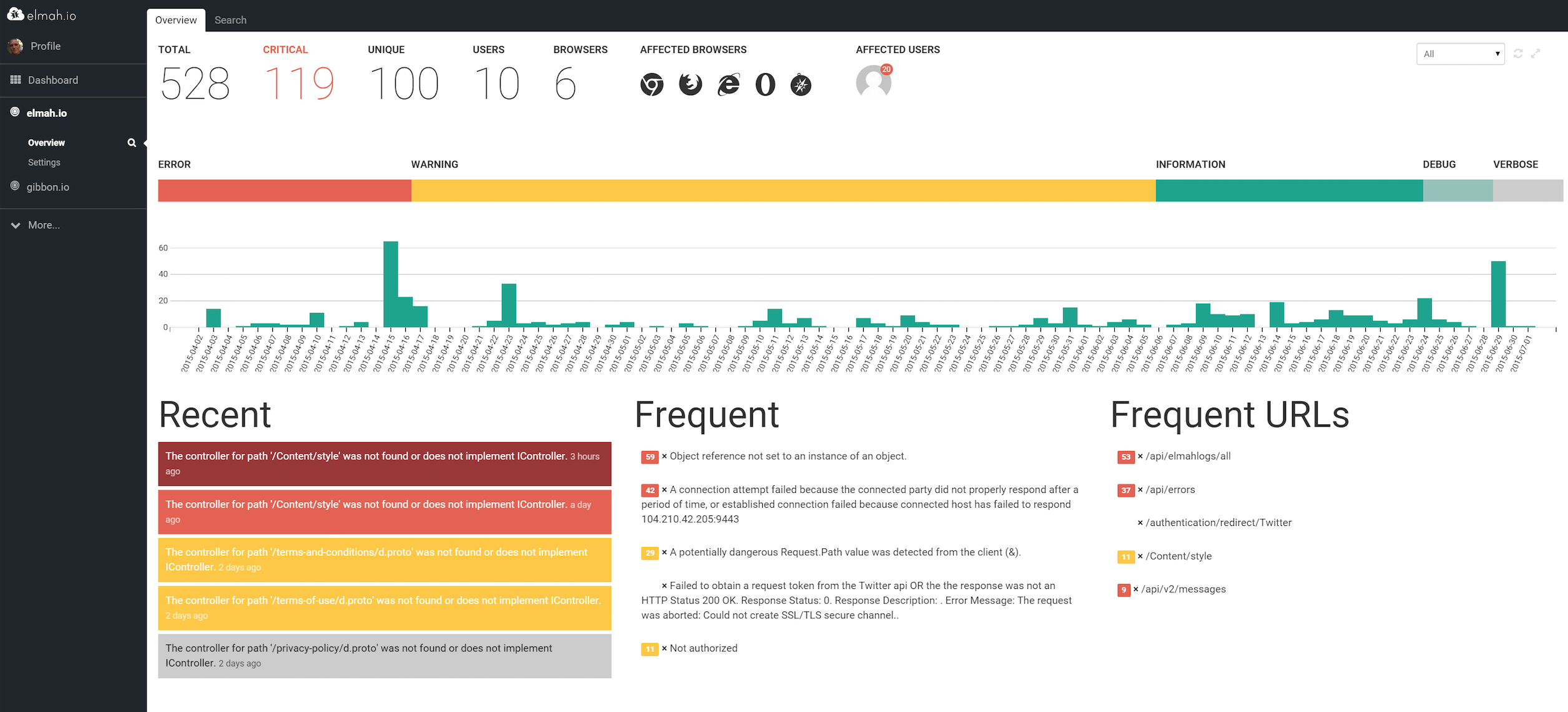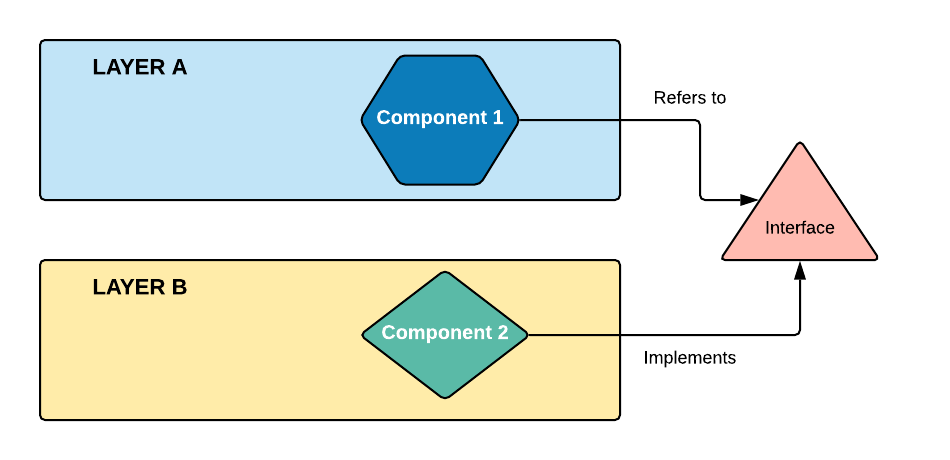ASP.NET Core Optimization and Error Management
Enabling View Compilation

In this section, we will explore how to enable view compilation in ASP.NET Core. Enabling view compilation allows the detection of errors at build time rather than runtime. This immediate feedback can greatly enhance the speed and efficiency of your debugging process by catching potential issues early, before they get to the production environment or affect the end-users.
Video: Enabling View Compilation to Detect Errors at Build Time
Reducing Namespace References
Next, we will discuss how to reduce namespace references using global imports. Global imports help us to avoid repetitive namespace declarations in different files, making the code cleaner and easier to maintain. This technique can simplify your code and make it more readable by removing unnecessary clutter.
Video: Reducing Namespace References with Global Imports
Customizing Routes

Attribute routing is a powerful feature in ASP.NET Core that allows you to customize your routes. With attribute routing, you can specify routes directly in the controller or action method that will handle the request, making your routing logic more intuitive and straightforward. We will dive into how this can improve the clarity and maintainability of your application's routing configuration.
Video: Customizing Routes with Attribute Routing
Error Logging with ELMAH

ELMAH (Error Logging Modules and Handlers) is an open-source error logging framework for ASP.NET applications. Explore how to implement ELMAH in your ASP.NET Core application. ELMAH provides detailed logging of unhandled exceptions and can be an invaluable tool for debugging and error management. It not only logs the errors but also provides features like filtering and remote viewing of the error log.
Video: Better Error Logging with ELMAH
Managing Dependencies
In the final section of this lesson, we will dive into the concept of dependency injection, an essential technique in modern software development. Dependency injection is a technique for achieving loose coupling between objects and their dependencies. This technique helps to manage dependencies in your application, leading to code that is easier to test, more maintainable, and flexible. We will look at how to implement it in .NET applications and how it can enhance your code quality.
Video: Managing Dependencies with Dependency Injection
Key Takeaways
- View compilation can be enabled to detect errors during build time, making debugging more efficient.
- Global imports can be used to reduce namespace references, simplifying your code.
- Attribute routing allows for the customization of routes directly in the controller or action.
- ELMAH provides detailed error logging for improved error management.
- Dependency injection is a powerful technique for managing dependencies, resulting in code that is more maintainable and flexible.


0 comments